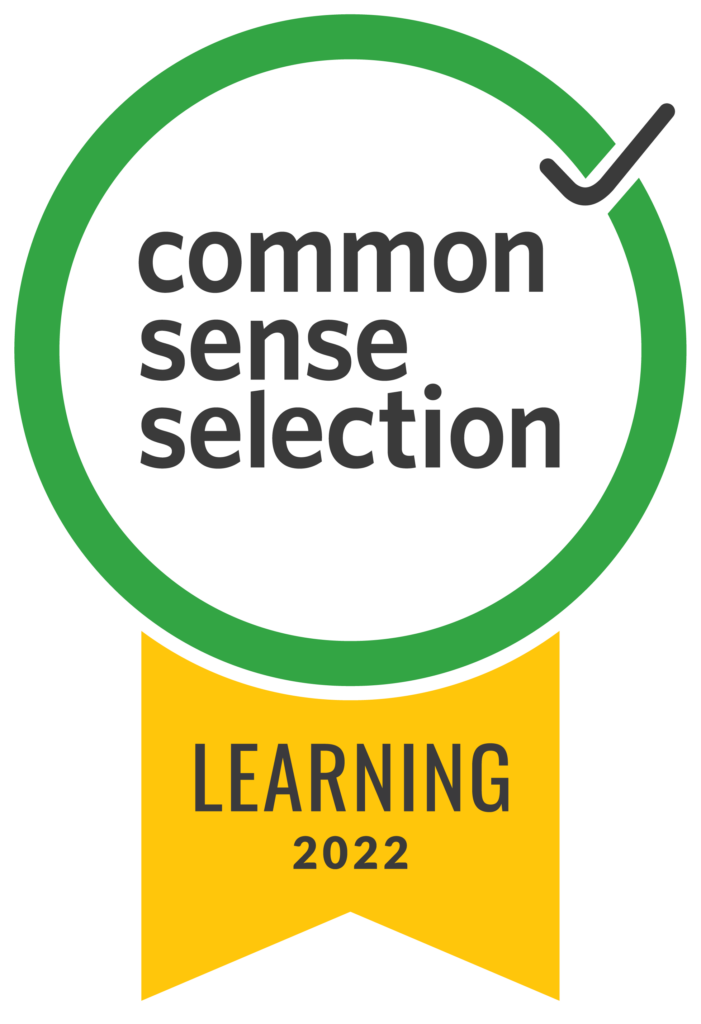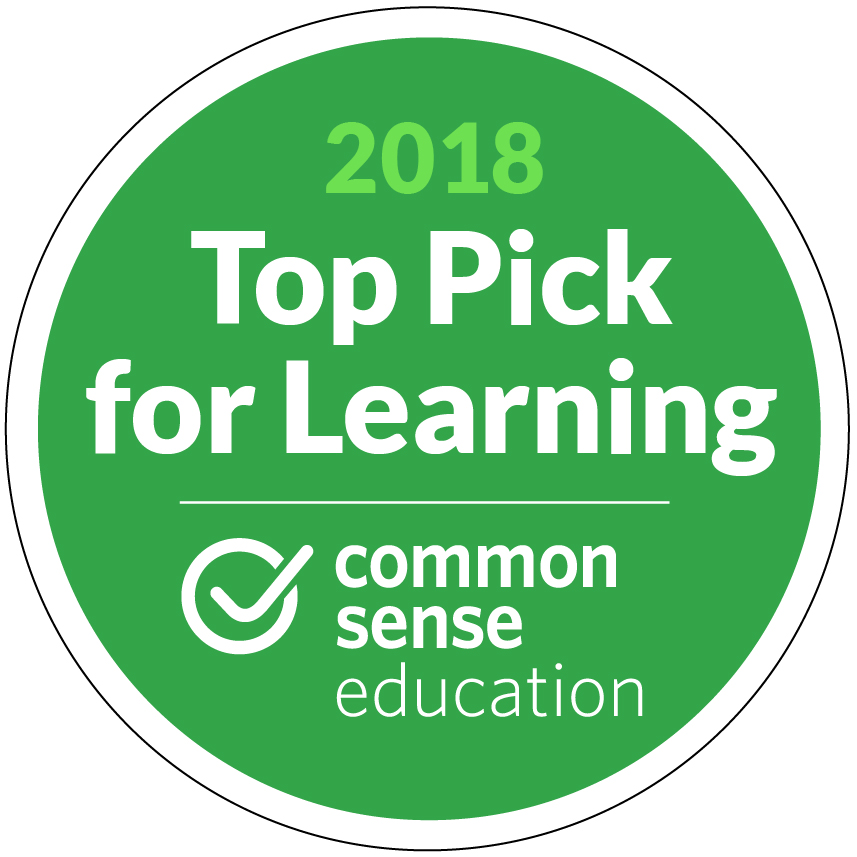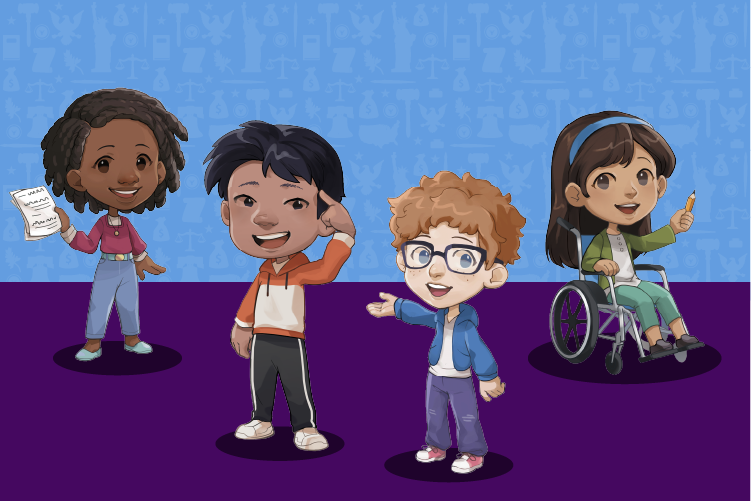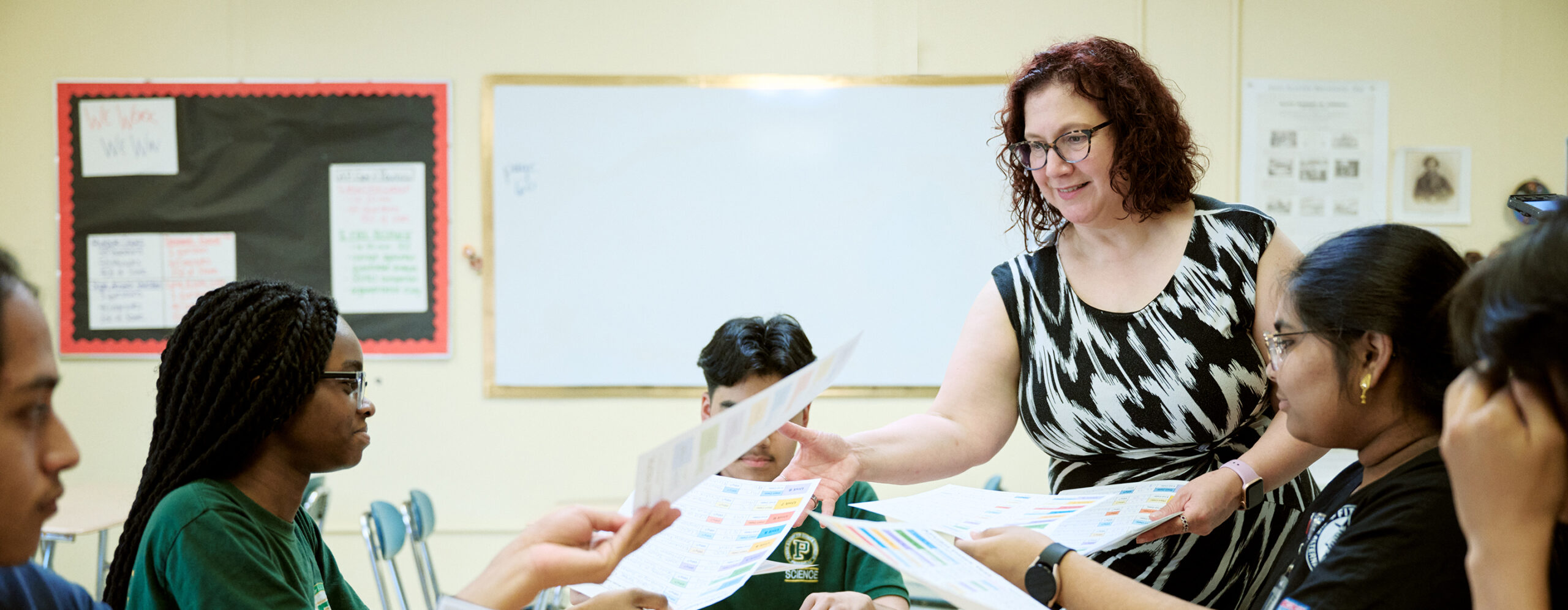
Start teaching
Access lesson plans and LMS tools to seamlessly integrate iCivics into your curriculum.
Partner with iCivics
Explore professional learning services designed to build educator capacity and cultivate dynamic classrooms.
Find activities
Support civic learning at home with games and resources that are fun and educational.
Nurture Civic Development with Resources Proven to Engage Students
Nobody does social studies like iCivics. Whether it’s civics, government, or U.S. History, we’re fearless about creating dynamic learning experiences.
From educational games and short-form, just-in-time materials to comprehensive inquiry-based curricula, iCivics resources encourage students to interact with complex concepts in ways they can understand and relate to.
When surveyed about the tangible impacts iCivics resources have made, 95% of teachers noted increased:

Engagement in classroom activity

Understanding of how our system of government and the rule of law works

Classroom discussion skills
Interest in politics or current events
What Sets iCivics Apart
- Playful learning
- Effective pedagogy
- Designed by teachers, for teachers
- Aligned to state standards
- Confirmed efficacy
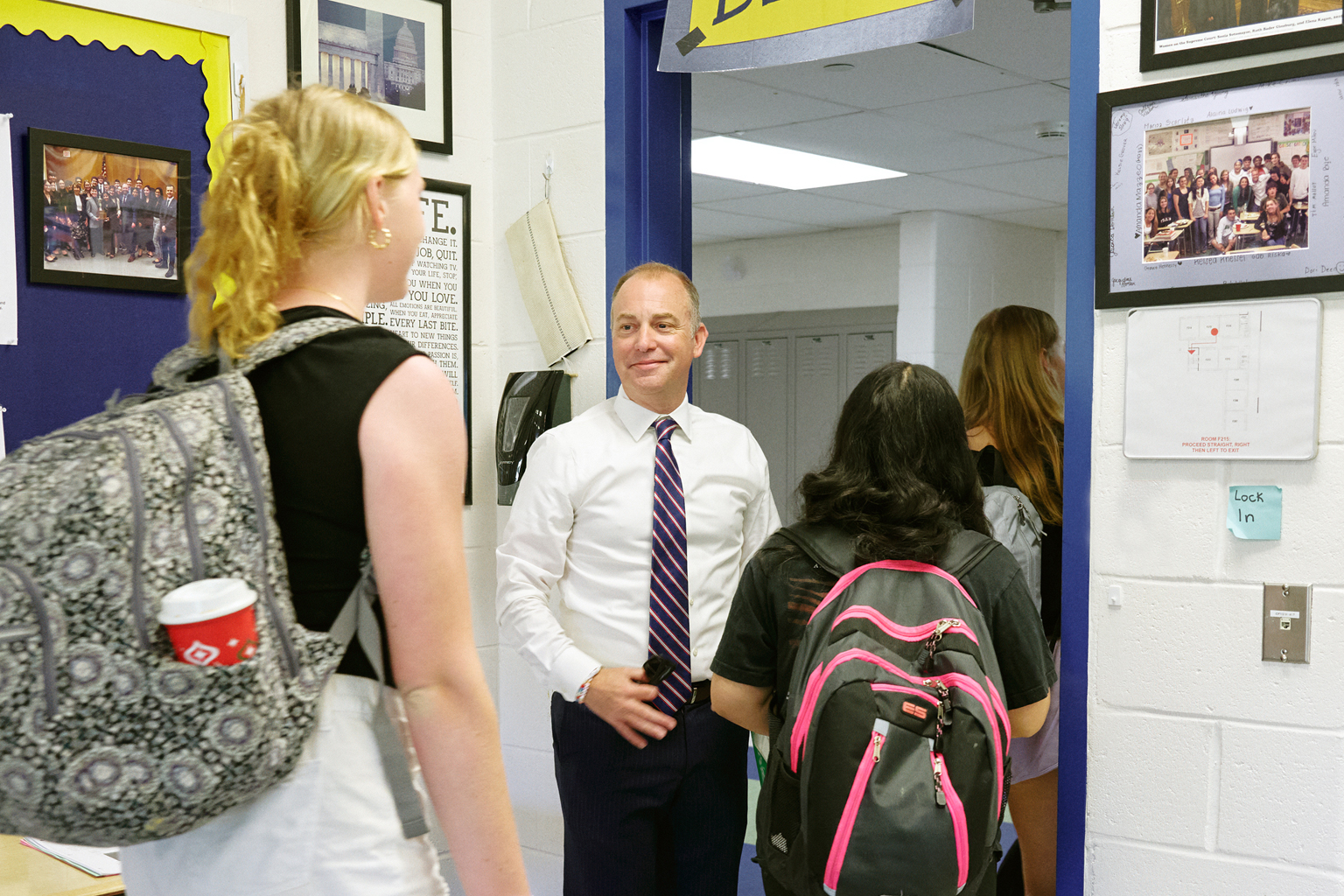
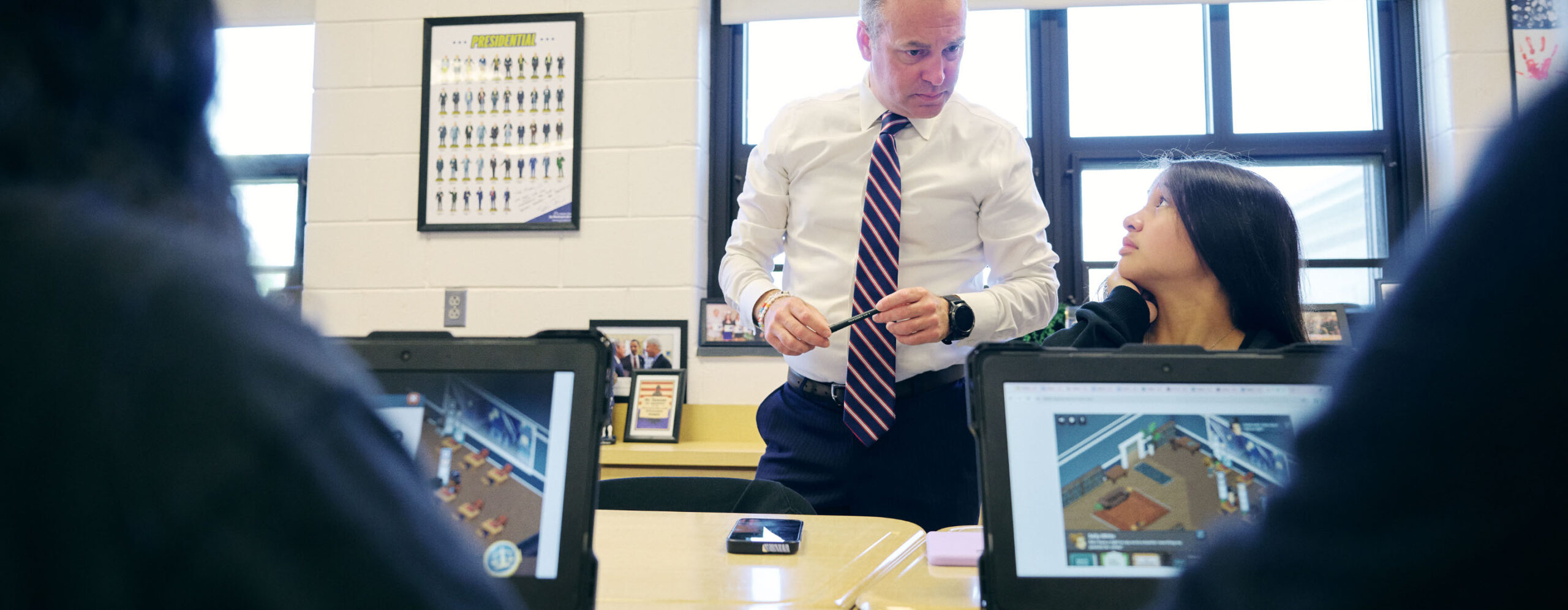
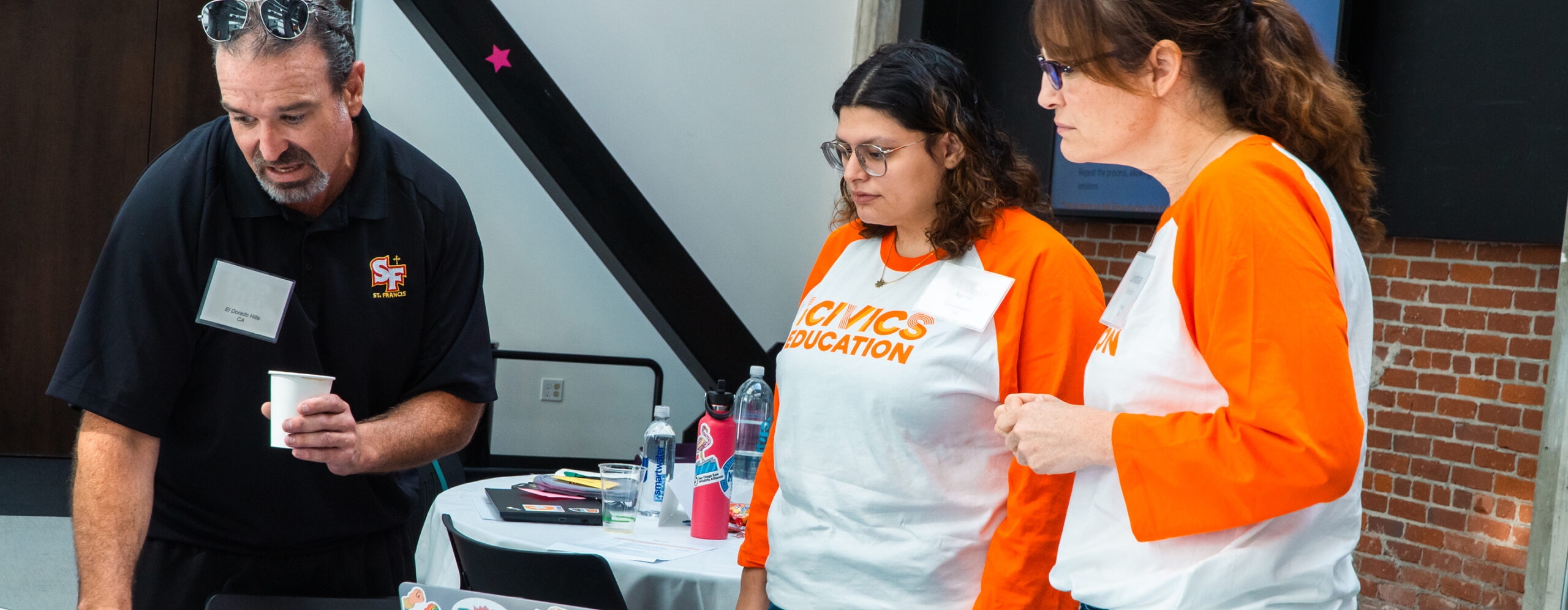
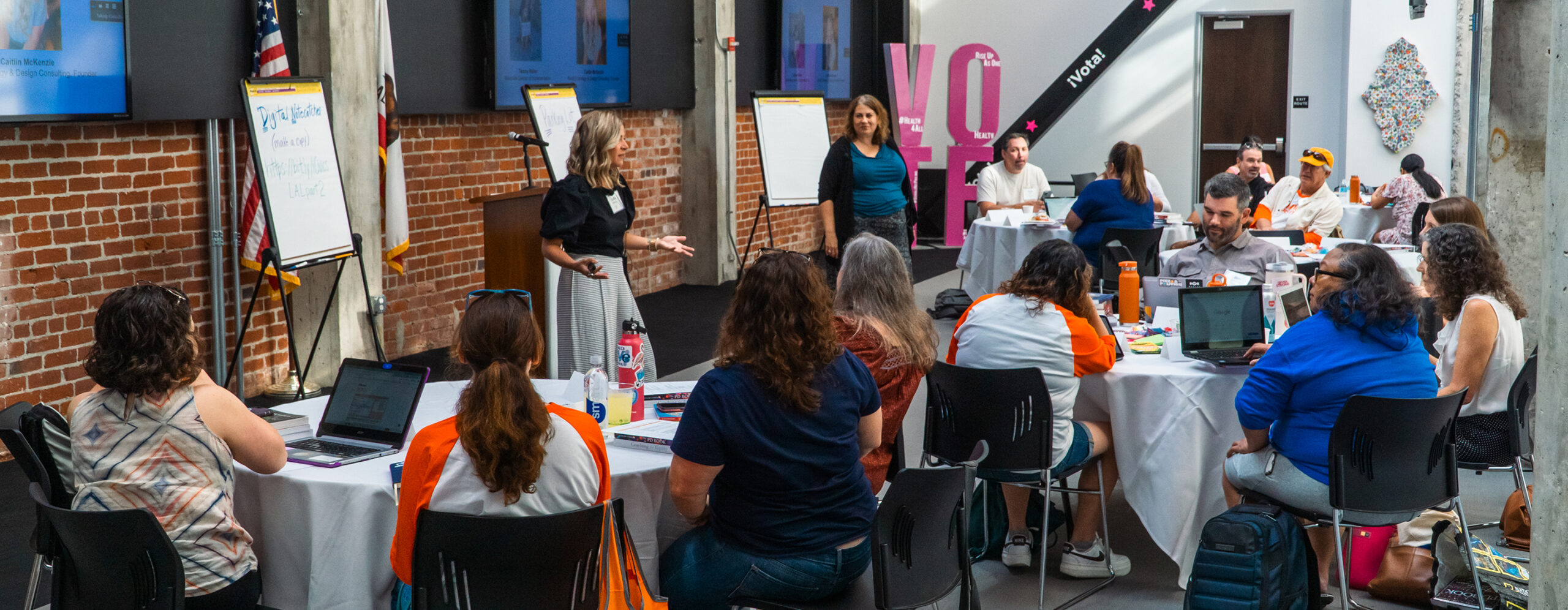
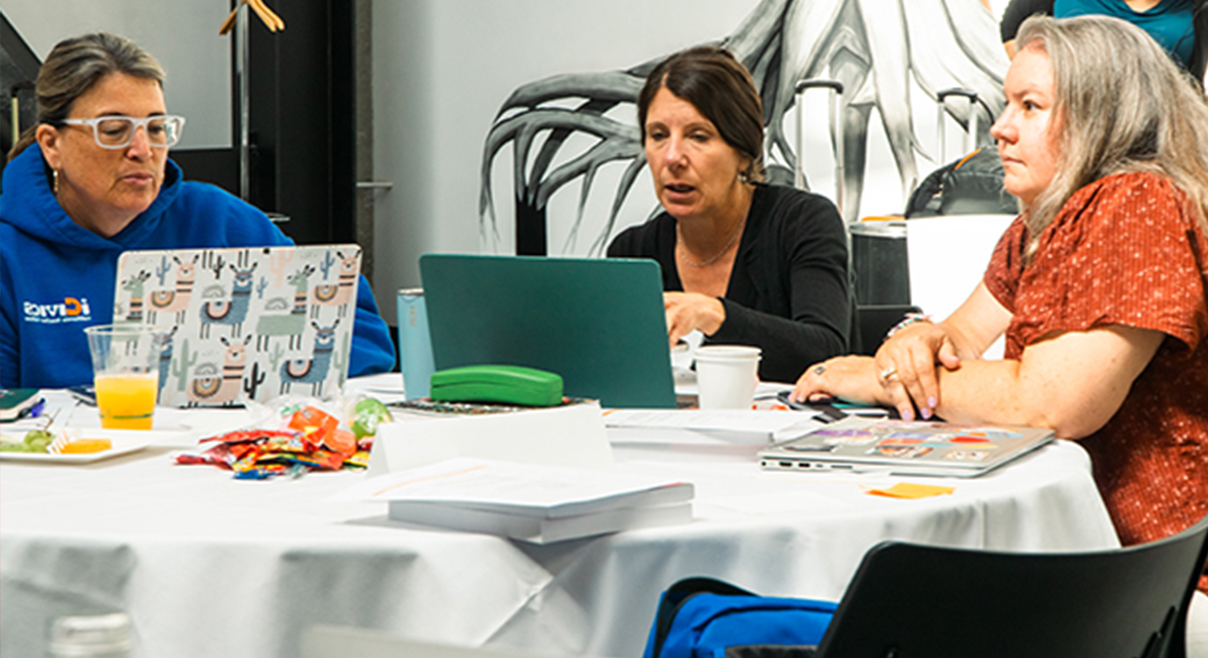
Awards and Recognition

2024 International Serious Play Competition Awards Silver Medal to Supreme Decision
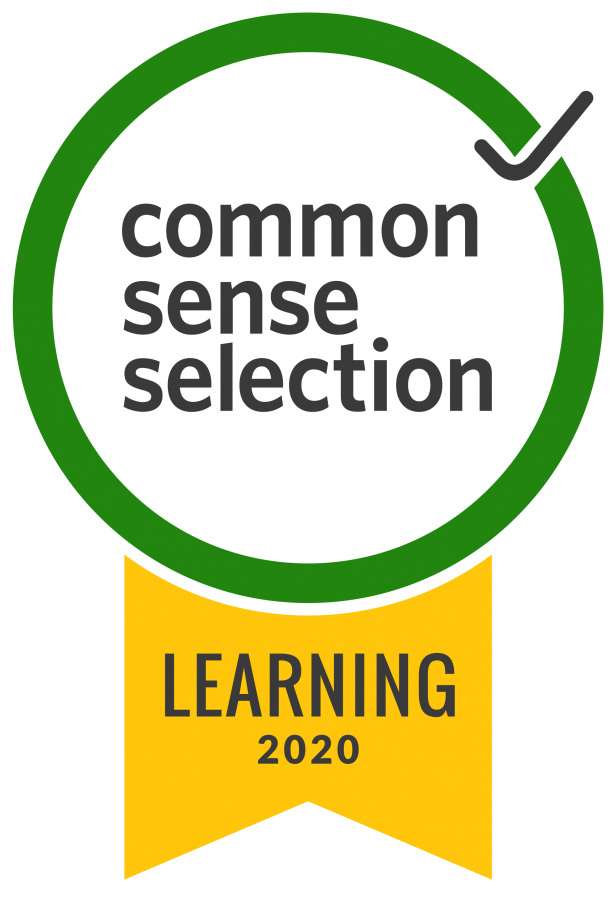
Race to Ratify Named a Common Sense Education 2020 Selection for Learning
Resources for Every Grade Level
- Multiple sessions
- 12 videos
- Citizenship & Participation
- 15-30 min.
- Foundations of Government
- One session
- 35 videos
- The Executive Branch
- 15 min.
- The Constitution
- One session
- The Judicial Branch
- Multiple sessions
Our Approach
- An inquiry approach drives student engagement
- Nonpartisan and trusted
- Designed by teachers, for teachers
- Standards-aligned
- Adaptable to fit local community needs
Resources Designed in Partnership With Experts
Interested in partnering with iCivics?
Explore lorem ipsum dolor
External Link Number One
External Link Number One
External Link Number One
From the Educator Blog

- Teaching with iCivics
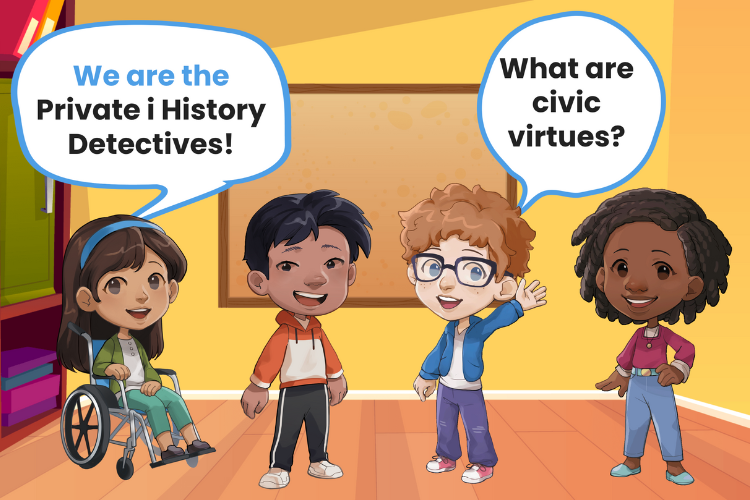
- Product News
Building Classroom Culture through Civics The beginning of the school year is all about building community and establishing routines. Creating a culture of learning—based on inquiry, perseverance, and generosity—is the pathway to a successful school year! Every student enters the classroom with different strengths and needs, and every student wants
- Teaching with iCivics
On July 17, 2024, we were filled with excitement and anticipation to bring together 60 K–12 educators for our first iCivics Educator Convening held in Sacramento, California. This event was hosted in partnership with California’s Power of Democracy Civic Learning Initiative, sponsored by Chief Justice Patricia Guerrero to bring equity
From the Educator Blog

- Teaching with iCivics

- Product News
Building Classroom Culture through Civics The beginning of the school year is all about building community and establishing routines. Creating a culture of learning—based on inquiry, perseverance, and generosity—is the pathway to a successful school year! Every student enters the classroom with different strengths and needs, and every student wants
- Teaching with iCivics
On July 17, 2024, we were filled with excitement and anticipation to bring together 60 K–12 educators for our first iCivics Educator Convening held in Sacramento, California. This event was hosted in partnership with California’s Power of Democracy Civic Learning Initiative, sponsored by Chief Justice Patricia Guerrero to bring equity

Ready to dig in?
Start teaching
Access lesson plans and LMS tools to seamlessly integrate iCivics into your curriculum.
Partner with iCivics
Explore professional learning services designed to build educator capacity and cultivate dynamic classrooms.
Find activities
Support civic learning at home with games and resources that are fun and educational.


